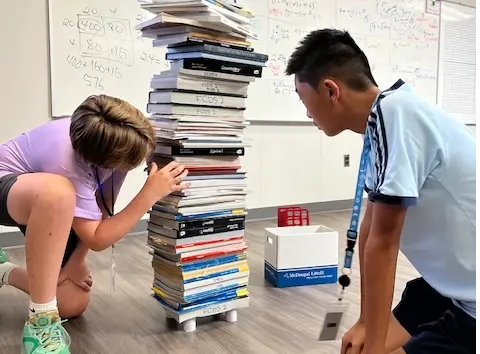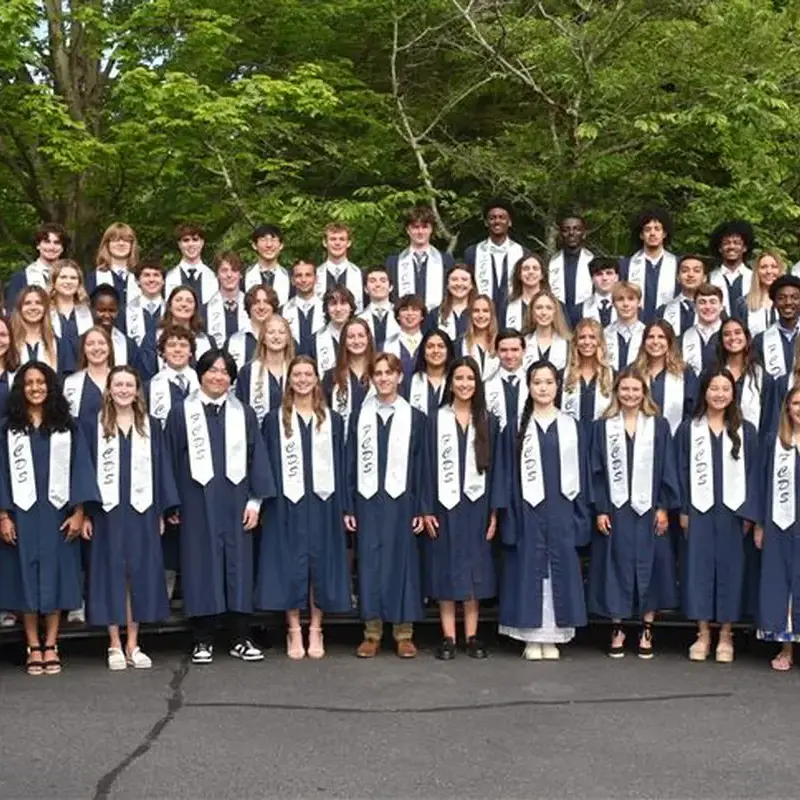Filter By:
-
Mon, 12 May 2025
FCDS Class of 2025 College Acceptances
-
Wed, 16 Apr 2025
FCDS Forges Innovative Partnership to Transform Classrooms
-
Mon, 24 Mar 2025
Two FCDS Students Accepted to NC Governor’s School
-
Wed, 12 Mar 2025
Barrineau Family Gift Will Transform Middle School Classrooms
-
Wed, 26 Feb 2025
FCDS YAG Delegation Excels at Statewide Conference
-
Fri, 13 Dec 2024
FCDS Students Ace the AMC 10 & 12
-
Mon, 05 Aug 2024
FCDS Senior Named National Merit Scholarship Winner
-
Mon, 03 Jun 2024
FCDS Chamber Singers Earn Highest Rating at Adjudication
-
Fri, 31 May 2024
FCDS Announces 2023-2024 Varsity Athletics Award Winners


























